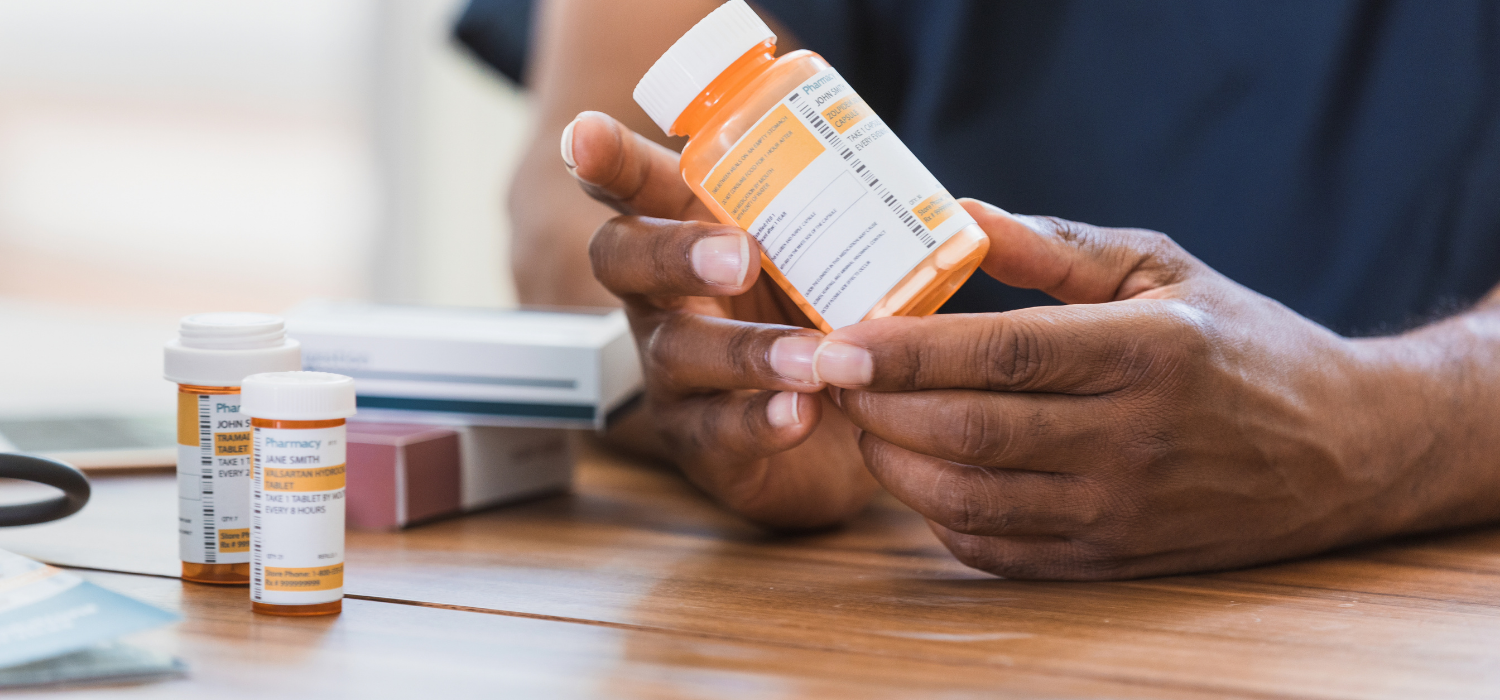On May 26th, 2020, the new Medical Devices Regulation (MDR) will be fully enforced and applied to the approximately 500,000 medical devices being sold in the EU. Soon after the MDR comes into full force, the In Vitro Devices Regulation (IVDR) will also replace the old directive, in May 2022. These new regulations put a strong emphasis on monitoring the devices – not only at time of launch, like the old directive – but during the whole life-cycle of the device, calling for additional regulatory documents and specialized translations.
MDR will affect not only European medical devices manufacturers, but all economic operators looking to sell their products inside the EU, including importers and distributors. Manufacturers will need to conduct more clinical trials in order to comply with the new regulations, but all operators will share responsibilities in the process.
let’s look at some key aspects of regulation 2017/745:
patient safety
after the PIP scandals there are tighter safety controls for all medical devices and especially implantable ones.
post-market surveillance
the whole lifecycle of the medical device is now considered and periodically evaluated.
transparency
with the creation of EUDAMED web platform, the general public will have access to information about medical devices.
traceability
the Unique Device Identification (UDI) system will allow the location of any given device at all times.
regulatory compliance
MDR promotes a lifecycle approach to products, monitoring pre- and post-market release. This means the manufacturers face increased responsibilities throughout all product life-cycle, and are required to demonstrate (with data from clinical trials) that they meet the MDR requirements in order to keep the CE certification.
All existing products that already have the CE certification will still need to be re-certified against the MDR rules to retain the CE mark and continue to be sold after May 2020.
The new regulations require more regulatory documents, including:
– Post-market clinical follow-up (PMCF) plans and reports.
– Periodic safety update reports (PSUR): annually for class III and all implantable devices, and every two years for class IIa and IIb devices.
The type of devices that are subject to these tighter requirements broadens, and will include non-medical and cosmetic devices. IVDR will apply to tests for information on predisposition to a disease, tests predicting the reaction to a certain treatment, and medical software. According to Annex XVI, MDR will apply to products such as contact lenses, equipment for liposuction, intense pulsed light equipment for hair removal, and others.

language and labeling requirements
Under MDR, all devices must be accompanied by information in “official Union language(s) in which the device is made available to the user or patient”, and while manufacturers may request local distributors to translate materials, they still remain responsible for the information contained in all labels.
The documents you will need to translate include:
- Technical and regulatory documents: the Member State in which the device is to be sold can consider accepting and using a commonly understood language in the medical field, or can require all or part of the documentation in their native language.
- Instructions For Use (IFUs): to inform the end user of the device’s intended purpose, proper use and any precautions to be taken. This translation has to take into account if the end user is a member of the general public, a health professional or other (like a beautician), and tailor the translation accordingly.
- Single Unit Packaging
- Sales Packaging
- Transport Packaging
- Implant Card: for all implantable devices. It is an additional challenge, because this translation has to be written in a way that is easily understood by a lay person, which calls for expert knowledge in culturally relevant translations.
the future of MD/IVD is here
The new MDR and IVDR come with additional challenges for manufacturers, importers and distributors. Regulatory documents will have more frequent updates, more stringent reporting, and overall more documents that will have to be written and translated to some (or all) of the 24 EU official languages.
Translation is paramount to ensure patient safety, which is at the center of the new regulations. Therefore, it is important to provide technically correct but also culturally relevant translations, to ensure that devices can obtain the CE mark and maintain it.
The trend for patient-centric, safety-focused will surely go on, as these new regulations aim to be the ‘gold standard’ for medical devices regulations worldwide.
Having proactively recruited additional subject matter experts, CQ fluency is fully prepared to guide you through the rough patches of language requirements and help you succeed in the new MD/IVD landscape.
Keep in mind that failing to meet the MDR requirements in time will result in removal of the device from the EU market, so the sooner you call us, the sooner we can help you!

partner with subject matter experts for EU MDR success
To succeed in this new linguistic landscape, you must count on trusted language and translation experts, not only for technical documents, but also for simplified English versions of patients’ materials. At CQ fluency, we pride ourselves of having the cultural aspect of translation front and center in our minds and well incorporated in our processes, thus ensuring that all our projects are not only technically correct but also culturally relevant to the intended audience.
